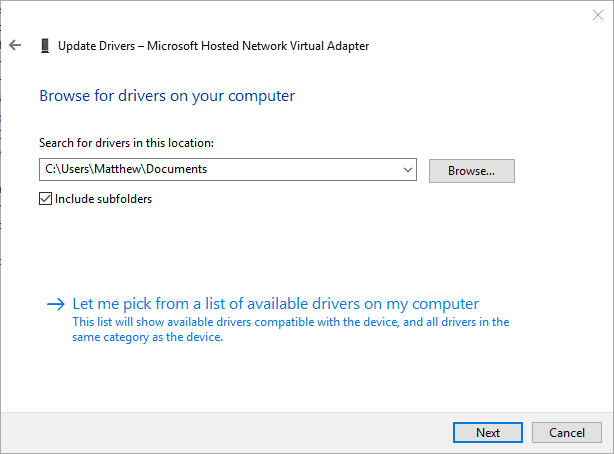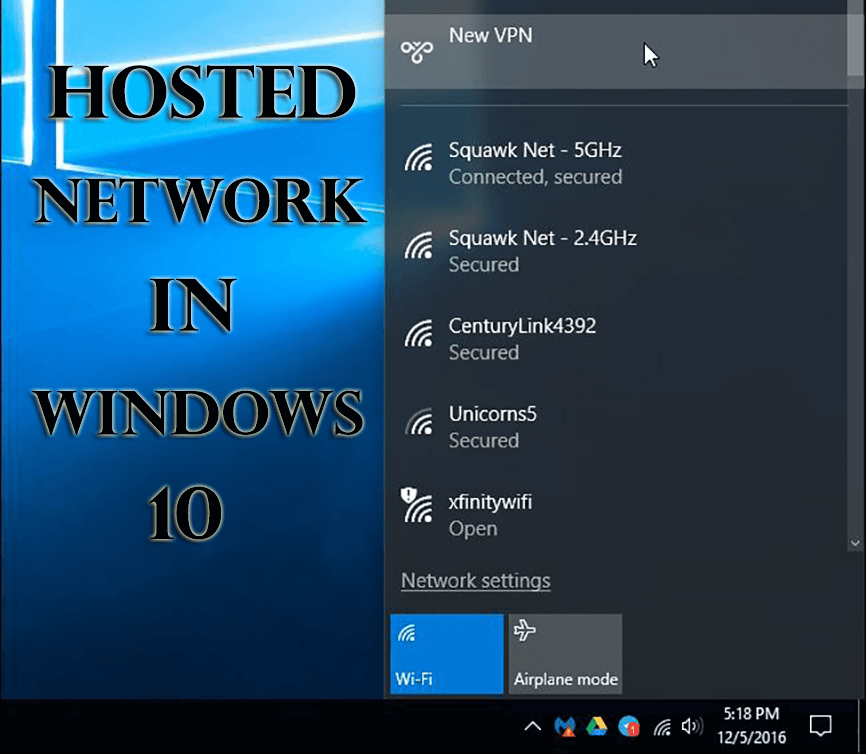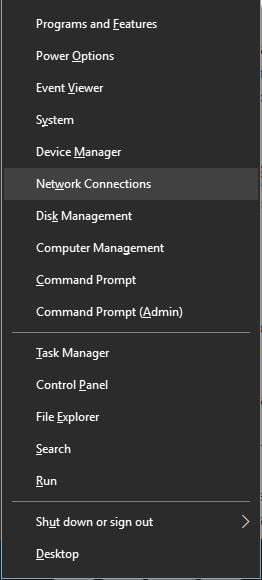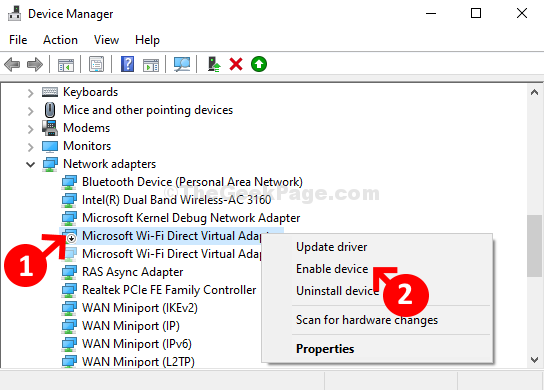

- WHY DOES MICROSOFT HOSTED VIRTUAL ADAPTER DRIVER SOFTWARE
- WHY DOES MICROSOFT HOSTED VIRTUAL ADAPTER DRIVER WINDOWS

WHY DOES MICROSOFT HOSTED VIRTUAL ADAPTER DRIVER WINDOWS
Also, check out the supported VirtualWiFi OIDs in Windows 7.)ĭownload VirtualWiFi.
WHY DOES MICROSOFT HOSTED VIRTUAL ADAPTER DRIVER SOFTWARE
However, the software and code will still be available for you to play around with.

We are not actively working on this project since 2006, and will not be supporting this software at Microsoft Research. (VirtualWiFi is an old project, and we started working on it in 2002. The current version is a prototype implementation of VirtualWiFi, and we are in the process of making our software more robust to include more features. We have implemented VirtualWiFi on Windows XP. The details of this idea are described in a technical paper, titled: “ WiFiProfiler: Cooperative Diagnosis in Wireless LANs“. All clients then exchange configuration information over this information plane and use this information to diagnose the root cause of various wireless failures. Clients, including the ones that are disconnected from the WLAN, use VirtualWiFi to form an information plane, which is different from the data plane (the WLAN). The third application of VirtualWiFi is called WiFiProfiler, which enables clients to cooperatively diagnose the root cause of various wireless problems. The details of the SSCH protocol are described in another paper, titled: “ SSCH: Slotted Seeded Channel Hopping for Capacity Improvement in IEEE 802.11 Ad-Hoc Wireless Networks“. Furthermore, SSCH proposes a novel scheme of partial synchronization that can be used with VirtualWiFi. It then connects each virtual wireless card on a different orthogonal channel. SSCH uses VirtualWiFi to virtualize a wireless card with as many instances as the number of orthogonal channels. The second application of VirtualWiFi that increases the capacity of wireless ad hoc networks using orthogonal channels is called Slotted Seeded Channel Hopping (SSCH). A more detailed description of Client Conduit can be found in the paper titled: “ Architecture and Techniques for Diagnosing Faults in IEEE 802.11 Infrastructure Networks“. VirtualWiFi enables this thin pipe without requiring the connected client to explicitly disconnect from the infrastructure network. These clients dynamically connect to disconnected clients over an ad hoc network, and send messages from them to the back end servers. The thin pipe is achieved by running VirtualWiFi on the connected clients. Client Conduit is a tool that provides a thin pipe of communication for disconnected clients to exchange diagnosis information with the back end servers. The first application is called Client Conduit, which is a very useful tool for fault diagnosis and recovery in Wireless LANs. We have explored several other applications of VirtualWiFi.



 0 kommentar(er)
0 kommentar(er)
